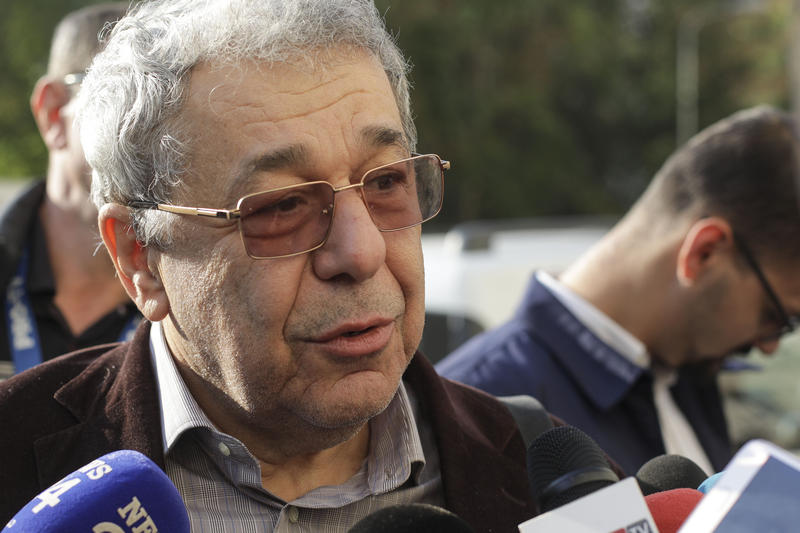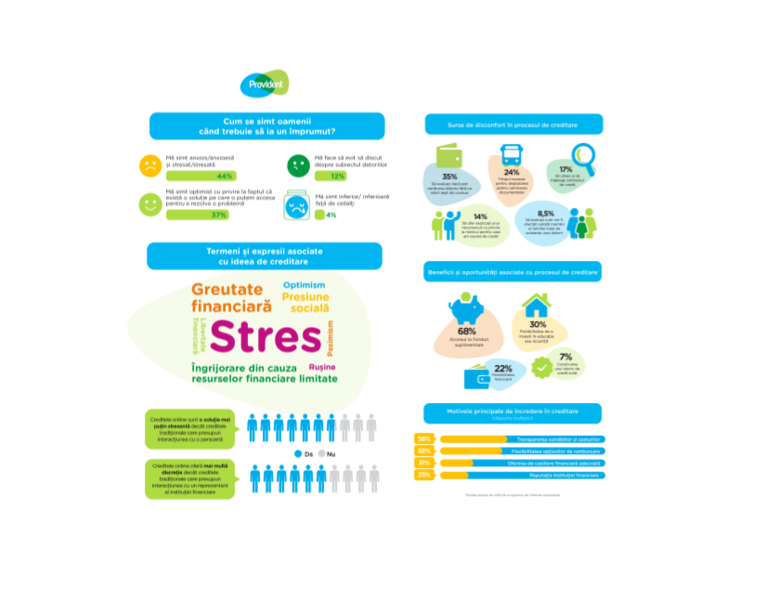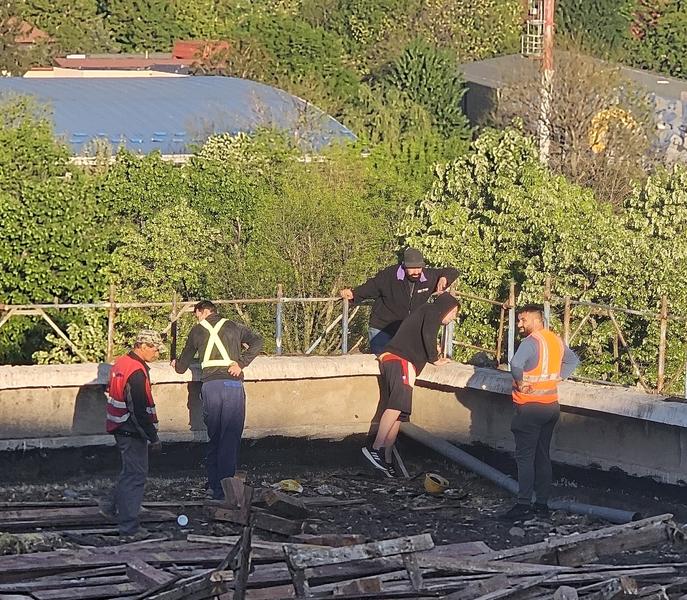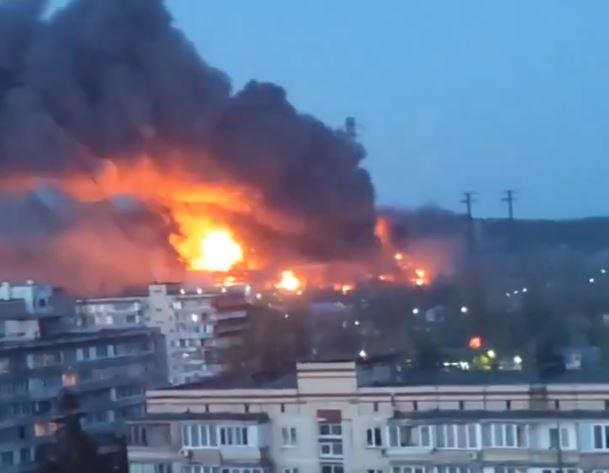The historical center of Romanian capital has become a black spot on Bucharest map, with empty streets and few tourists, decaying buildings and dirty lanes. This situation affects the businesses that have gone worse since the area was closed by the city authorities for restoration.
According to representatives of the Bucharest City Hall, the renovation works will conclude in 10 years, but they haven’t started yet. Those who run a business in the area fear bankruptcy due to authorities’ indifference.
"We were told the rehabilitation would last up to six months, but it’s been a year and nothing happened yet. In 10 years any shop, coffee shop, cultural gallery will go bankrupt," says Association of Historical Center Investors’s spokesperson Alina Buzea.
This association (AICI) came into being in order to protect the interest of the investors in the area and comprises 20 companies that activate in furniture trade, antiquities, book shops, hotels, clubs and restaurants.
The owner of "Apollo" gallery Razvan Demetrian accuses authorities of deliberately delaying works for pushing these companies into bankruptcy so that they themselves could open up new profitable businesses in the area.
However, the rehabilitation project coordinator architect Catalin Cazacu dismisses this kind of accusations.
According to a study by the AICI, 84 percent of the businesses in the area recorded losses of more than 50 percent compared to the same period last year.
The mayor of Bucharest Sector 3 Liviu Negoita considers necessary the isolation of the center because of the bad estate of some buildings that endangered the passers’ lives. Only the owners are allowed.
However, safety has become more of an issue for the AICI, which claims that 49 percent of the companies have problems with the increasing number of thieves and even with buildings that decayed more within the last year. The streets lack electricity and this fact prevents residents to leave their houses after 7 o’clock in the evening.
Negoita claims otherwise, invoking a Police survey which shows that the criminality rate dropped 80 per cent in the area shops.
Another issue regards the eviction of more than 162 families that abusively reside in these buildings. Approximately 200 persons are to be evicted, according to mayor Negoita. According to architect Catalin Cazacu, there were already evicted some families, but the AICI spokesperson claimed that those persons returned over night and still live in the buildings.
The workings haven’t started yet but are estimated to last 10 years. The coordinator architect blames the delay of the project on the failure of the utilities providers to send in time the infrastructure plans.
Up to this moment, nine companies showed interest in the rehabilitation workings. They are expected to apply for the project until May 15. The coming period, the authorities will analyze offers and will choose a rehabilitator.
By the end of June the works will start in a pilot zone, and will last for 16-18 months. The pipes workings also claim a year and a half from the project’s duration.
After the pilot zone, the project will then expand to the entire historical center which presents many challenges as there are buildings within the national patrimony that need to be totally redone. The City Hall will finance the project, although it holds only 24% of the buildings. Other 42% belong to individual owners and the rest have an unclear status.




















